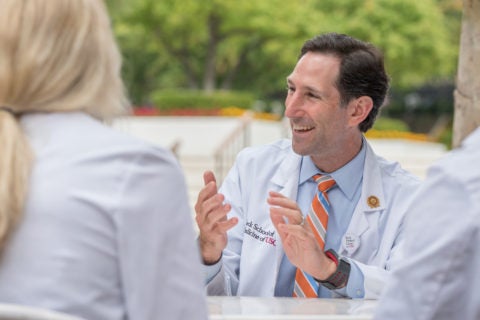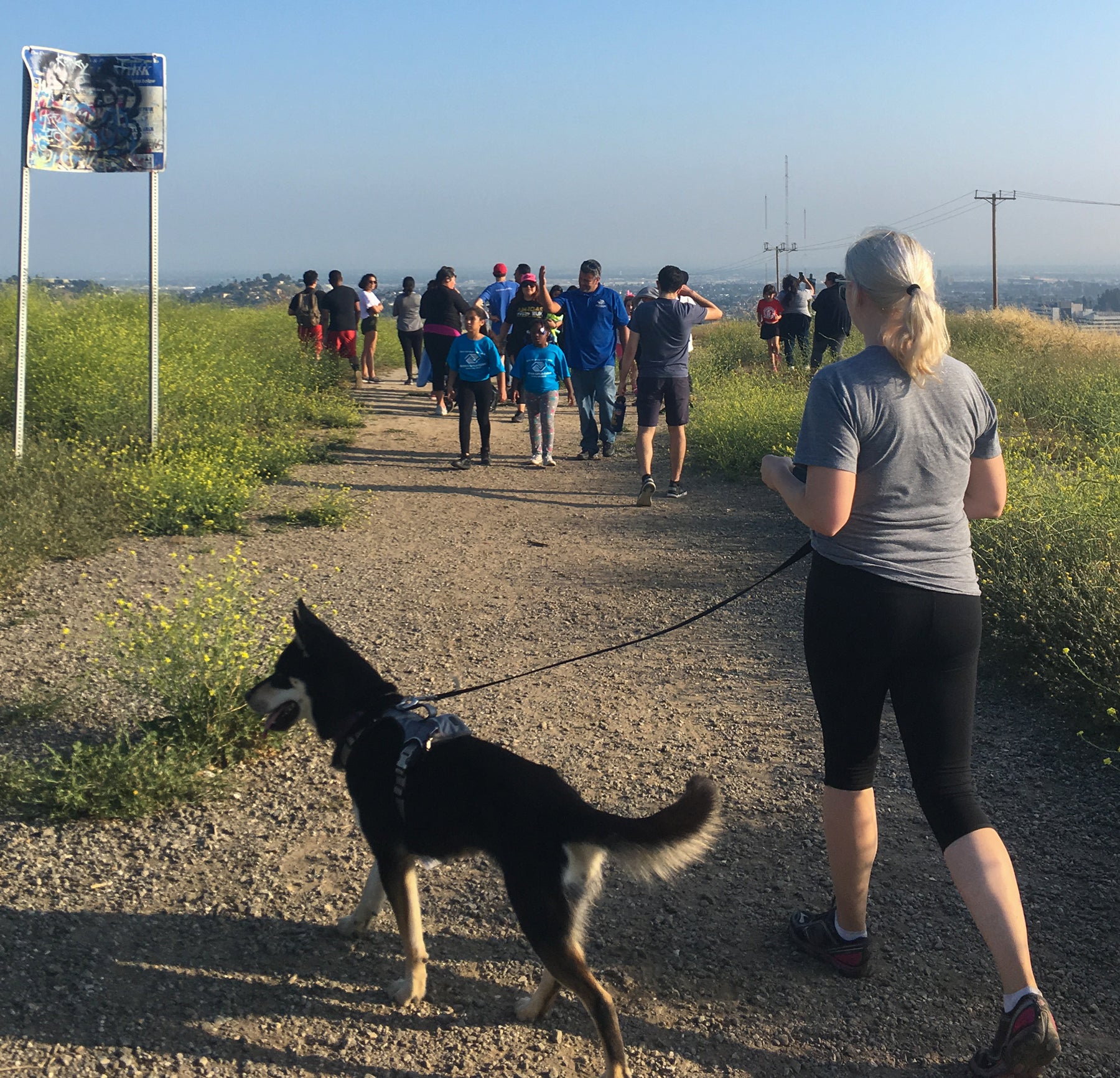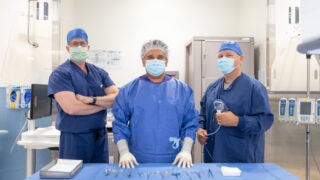???? Walk with a Doc helps USC doctors and medical students connect with the community
Greg Harlan is a USC physician who regularly goes for walks with residents of nearby neighborhoods. Listen in as he explains what makes this program so valuable.
Greg Harlan spends most of his days teaching or practicing medicine at the Keck School of Medicine of USC and the university’s hospitals. But for the past six months, instead of heading home after work he’s changed into workout shorts and running shoes to go on walks with residents of neighborhoods near the Keck School of Medicine’s Boyle Heights campus.
[iframe width=”100%” height=”166″ scrolling=”no” frameborder=”no” allow=”autoplay” src=”https://w.soundcloud.com/player/?url=https%3A//api.soundcloud.com/tracks/645241236%3Fsecret_token%3Ds-QknlX&color=%23ff5500&auto_play=false&hide_related=false&show_comments=true&show_user=true&show_reposts=false&show_teaser=true&visual=false”]
[/iframe]
It’s part of the Walk with a Doc program, and USC’s chapter is one of many across the country aimed at getting physicians out into the community. Since diet and exercise are often seen as the foundation of good health, it’s a chance to practice what doctors preach alongside people who might be walking to de-stress after a long day of work or are looking to alleviate high blood pressure.

“I think it’s important for us as medical professionals to be accessible and try to give a little bit of information, but also to just answer questions,” Harlan, a pediatrician and associate professor, said on a recent hike. “Last time, people asked how long does it take to become a doctor, why do you like being a doctor or what’s the hardest thing. They wouldn’t necessarily ask that on a clinic visit, but when you’re walking side by side it seems more natural. It creates a new space to engage with people.”
Walk with a Doc makes community health a focus
Fourth-year medical student Kacie Amacher led the push to create a chapter at USC.
“I just saw it as a need to help promote physical activity and healthy lifestyle. We go to the hospital and we’re seeing patients, but we’re not really involved in the community otherwise,” she said.

The walk also includes a short discussion on a health-related topic. On a previous Tuesday, it was sunscreen. Amacher thinks this is useful for people who might not regularly talk to a physician.
Plus, the casual conversations can raise unexpected concerns. Recently, someone mentioned it was their first time working out in six months. While federal guidelines suggest adults doing 150 to 300 minutes of moderate exercise per week, the reality is less than 5% of adults get 30 minutes of exercise every day.
“I think it’s really helpful that we’re here,” she said. “I can remind them, ‘I’ll see you next month,’ so it won’t be six months until the next time they’re exercising.”



